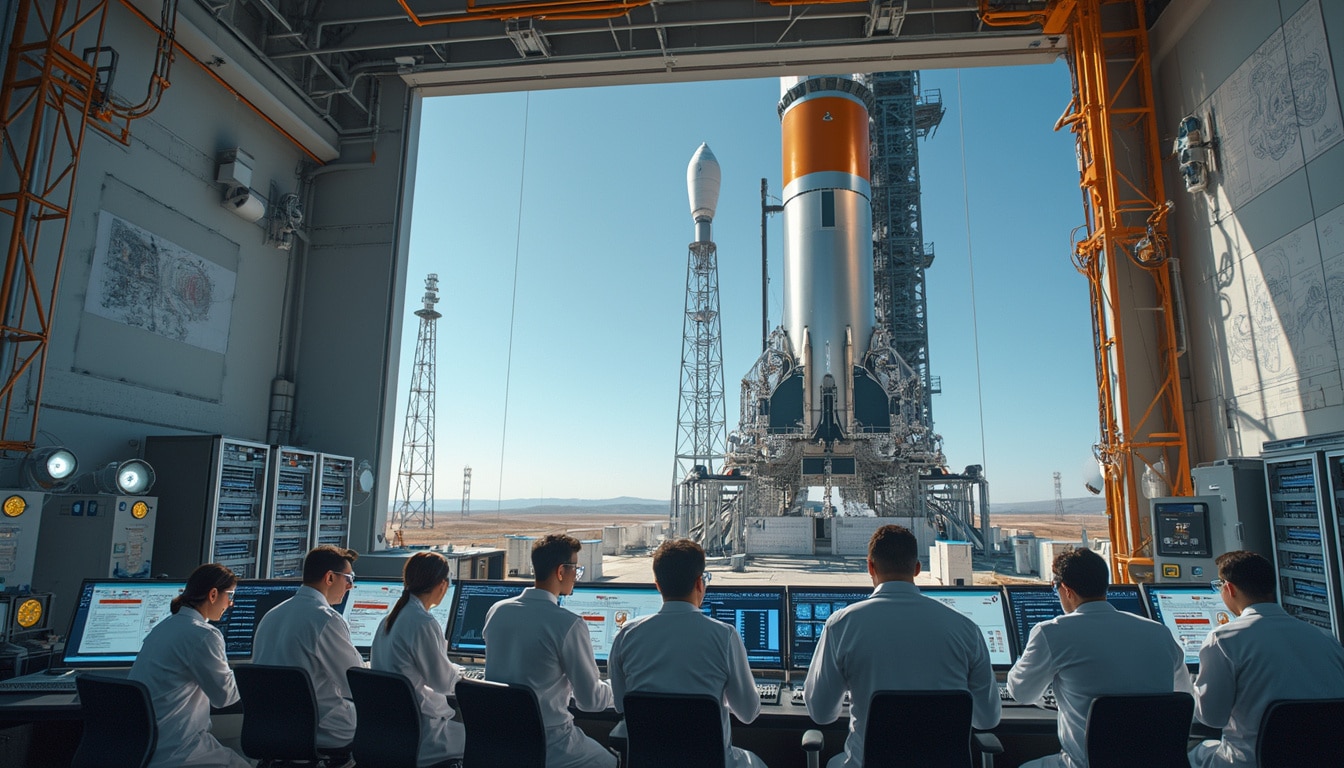The excitement for lunar exploration reaches new heights as Intuitive Machines’ second lunar lander, Athena, has landed at Florida’s Space Coast. Arriving on January 28, 2025, Athena is set to make a significant impact on future moon missions. This remarkable spacecraft is not only poised for launch aboard a SpaceX Falcon 9 rocket but also symbolizes a new era in lunar exploration. Designed with cutting-edge technology, Athena aims to validate resource prospecting and communications infrastructure in the Mons Mouton region, a key area for future NASA missions like Artemis 3. As the countdown to launch commences, let’s delve into the specifics of Athena’s mission, its innovative technologies, and the broader implications for lunar exploration.
Understanding Athena’s Mission Objectives
Athena’s mission, officially known as IM-2 Lunar Mission, set to launch no earlier than February 26, 2025, carries a heavy weight of expectations. The primary objectives revolve around validating key technologies and paving the way for sustainable lunar exploration. With a payload that includes a drill known as TRIDENT and a mass spectrometer dubbed MSolo, Athena is geared to explore the moon’s resources in unprecedented ways. This mission could illuminate the possibilities of lunar water and other essential materials necessary for future colonization efforts.

The Innovative Technologies of Athena
Athena is not merely a technological marvel but also a gateway to future space endeavors. Equipped with state-of-the-art tools, it will deploy the Micro Nova Hopper, targeting permanently shadowed craters to search for hydrogen deposits. This aspect of the mission highlights the lander’s role in exploring crucial resources for potential human habitats on the moon. Moreover, the Mobile Autonomous Prospecting Platform (MAPP) rover will be deployed to investigate lunar terrain, establishing a connection via Nokia’s Lunar Surface Communication System. This represents a bold leap forward as it features the first-ever 4G/LTE network on the moon, enabling real-time communication and data transmission.
The Significance of Mons Mouton
The chosen landing site for Athena, the Mons Mouton region, is significant due to its potential as a resource hub. Scientists believe this area near the moon’s south pole could hold vast reserves of water ice, essential for supporting future manned missions and establishing lunar bases. By validating the technologies for exploring this region, Athena stands at the forefront of the next leap in lunar exploration and serves as a crucial stepping stone for NASA’s Artemis program.

Potential for Future Lunar Missions
Athena’s mission is part of the ongoing Commercial Lunar Payload Services (CLPS) initiative, where private companies contribute to lunar exploration. As a part of this collaborative effort, the data and experience garnered from the mission will inform future NASA missions, such as Artemis 3, and set the stage for sustained human presence on the moon.
Catching Up with Intuitive Machines
Intuitive Machines has emerged as a pivotal player in the modern era of lunar exploration. Following the successful soft-landing of their first lander, Odysseus, in February 2024, the company has demonstrated reliability and innovation in their approach to space missions. Each subsequent mission builds upon previous successes, with Athena set to reinforce the company’s vision of providing a consistent lunar delivery service. As they continue to develop a heavy cargo lander and a lunar data relay satellite system, the future of lunar exploration looks brighter than ever.
Challenges Ahead
Embarking on the mission presents its fair share of challenges. Operators must account for harsh lunar conditions, potential communication delays, and the intricacies of landing mechanisms in extraterrestrial environments. Furthermore, weather conditions during the launch window will dictate Athena’s takeoff schedule. Absorbing lessons from prior missions, the team is committed to overcoming these obstacles to ensure a successful exploration endeavor.
Building a Sustainable Infrastructure on the Moon
Establishing a permanent presence on the moon hinges on developing sustainable infrastructure. Athena’s mission contributes significantly to this effort by testing and validating communication networks and resource collection techniques. The insights gained through its operation will pave the way for future missions that aim to build and maintain human habitats on the lunar surface, illustrating the importance of careful planning and strategic technology deployment.

Collaboration and Industry Dynamics
The collaboration between private companies and government agencies marks a paradigm shift in the space industry. By leveraging the strengths of commercial enterprises, NASA can accelerate its goals for lunar exploration. Contributions from companies like Intuitive Machines help reduce costs and foster innovation within a rapidly evolving sector. This collaborative dynamic is essential for addressing the immense logistical challenges associated with sustained moon missions.
The Road Ahead: Preparing for Launch
As the launch date approaches, teams work tirelessly to finalize preparations for Athena’s departure. Coordinating with various stakeholders, from engineers to scientists, showcases the intricate planning involved in such a monumental event. The pre-launch operations include a series of tests to validate the lander’s functions and systems, ensuring that everything operates smoothly on the day of the launch.

Athena’s Role in the Future of Space Exploration
Ultimately, Athena’s mission presents an opportunity not only for lunar exploration but for broader space endeavors. The data collected may provide insights applicable to missions to Mars and beyond. As the moon serves as a training ground for future interplanetary exploration, the lessons learned from Athena could shape the future of human presence in space.
Community Engagement and Knowledge Sharing
The excitement surrounding lunar exploration isn’t limited to scientists and engineers. Public interest continues to grow, with many looking to engage with and support these missions. Community forums, social media updates, and open workshops offer opportunities for individuals to learn more and contribute to the discourse surrounding space exploration. Intuitive Machines underscores the importance of transparency and community involvement in their projects, fostering a culture of curiosity and collective ambition.
Keeping the Public Informed
Engaging the public in the journey of Athena serves to inspire the next generation of explorers and scientists. By sharing real-time mission updates, progress reports, and educational content, companies can bridge the gap between scientific endeavors and public interest. This engagement fosters an environment where STEM education thrives, encouraging more individuals to pursue careers in science and technology.




Leave a Reply